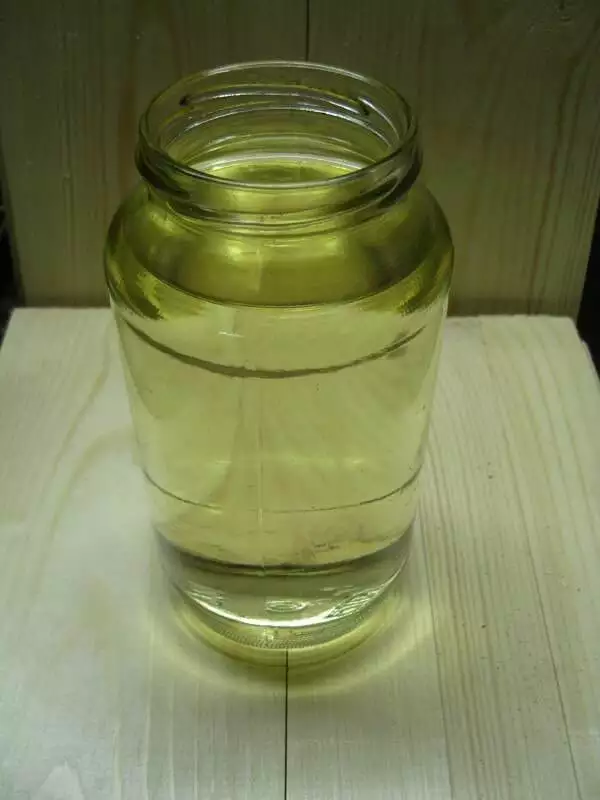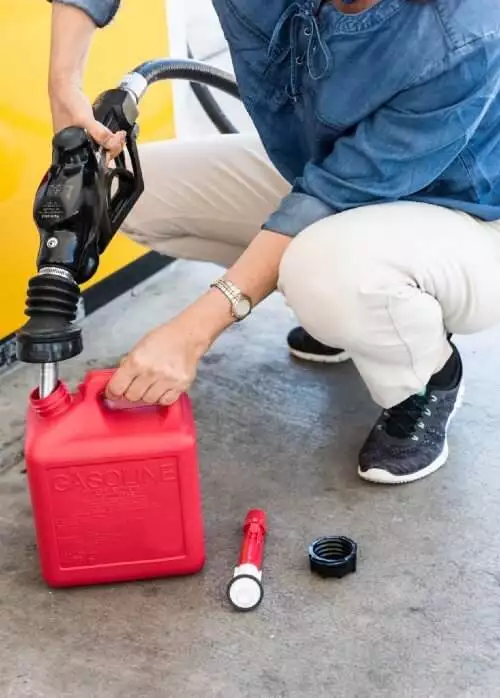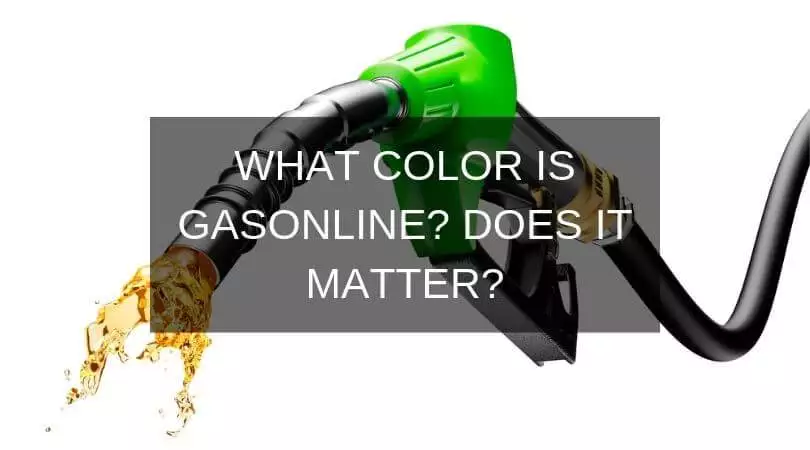All gasoline is the same, right? Wrong! If this is true, all brands or types of gasoline will have the same color. But speaking about color, what is the true color of gasoline?
And more importantly, does the color of the gasoline matter when choosing fuel for your vehicle?
You’ll find the answers right here.
More...
What Is The Real Color Of Gasoline?
Gasoline comes from crude oil. And as we all know, crude oil is not strictly black. Although black and dark brown is the most common color of crude oil, you can also find red or green crude oil depending on what part of the world the oil came from.
But as the crude oil is boiled and distilled to produce petrol byproducts, it loses its original dark color and sticky consistency.
In short, pure gasoline is colorless like water. In some cases, the gasoline should be whiter than or not as clear as water, but the actual fuel you put in your car is colorless in its original state.
Why Do Different Grades Of Gasoline Have Different Colors?

The reason for this is simple. Since gasoline fuel come in different varieties and octane ratings, manufacturers use fuel dyes to give the gasoline some color. This helps prevent fueling mishaps in some applications (aviation, commercial, etc.) and makes it easier to test the fuel for water contamination.
If all the types of gasoline are colorless, it will be harder to test the fuel for water. Since water is obviously colorless or clear, adding fuel dyes will allow the water to stand out in a clear cylinder when testing the fuel.
Back in the glory days of motoring (before unleaded gasoline became mainstream), leaded regular gasoline is dyed yellow while premium fuel has a reddish color. But untaxed gasoline is colorless. In fact, people from back in the day used to call it ‘white gas.’
But now, it’s the other way around. The U.S. Environmental Protection Agency mandated the use of red dye to identify fuel with a high-sulfur content for off-road use. In the same manner, the Internal Revenue Service mandated the use of the same red dye for heating oil and other tax-exempt diesel fuels.
And if you need to ask, then yes: heating oil is basically diesel fuel with a red dye. You can theoretically pour red heating oil in your old diesel truck and it will run fine. The only problem is it’s illegal to use red diesel fuel in an on-road vehicle. If the authorities detect red-dyed fuel in your vehicle, you better be prepared for the consequences.
What Color Is Regular, Midgrade, And Premium Gasoline?
It really depends on the manufacturer. Regular unleaded gasoline has a greenish or slightly bluish hue. Midgrade fuel is nearly transparent to yellowish. High-octane premium gasoline has a pinkish color.
But don’t take our word for it. The color of gasoline will vary wildly. In most cases, the color and transparency of gasoline depending on how much or how little additives are added to the formula.
Does The Color Of Gasoline Really Matter?

Via wikimedia.org
No, unless we’re talking about stored gasoline. In reality, the color of the gasoline doesn’t matter as long as the fuel is fresh from the pump.
But stored gasoline is a different story. Fresh fuel is clear and transparent like water regardless of the color. But after a couple of weeks of storage, the gasoline will oxidize and change its color from clear to yellowish to a brownish hue. The smell will also change. Where fresh gasoline has a strong odor, stale gas has a sour smell much like rotten fruits. Dark-colored gasoline is not good for your car. It can cause ignition problems, poor acceleration, diminished performance, and even engine damage in the long run.
What really matters is choosing between regular or premium. The primary difference is the octane rating. In the United States, the octane rating of gasoline is expressed as the AKI or Anti-Knock Index. In some parts of the world, the octane rating is expressed as RON (Research Octane Number) or MON (Motor Octane Number). Take note that AKI is usually lower than by 4 to 6 octane numbers than RON or MON.
Is Premium Fuel Better For My Car?
Not necessarily. The answer also depends on the type of vehicle. If the manufacturer recommends regular fuel, you’ll be wasting your money by filling up with premium fuel. Don’t believe what other people say about premium fuel that burns faster and gives your vehicle an added dose of performance. Those claims are unsubstantiated and cannot be proven in the scientific realm
But we’re not saying premium fuel is bad for your car. In truth, the higher octane rating of premium gas will give your vehicle a very slight performance advantage, but it’s not large enough to merit the additional cost. And contrary to popular belief, premium fuel is not much cleaner or purer than regular fuel.
It’s a different story if your car is designed to run with premium fuel. In certain high-performance vehicles, using premium fuel is the only way to squeeze out every last drop of performance from the engine. Using regular low-octane fuel in a car designed to run on the premium will not destroy the engine per se, but it will lead to loss of performance and slower acceleration.
In short, the responsibility of choosing the right fuel is up to you. If you have any doubts, consult the owner’s manual. The recommended grade of fuel is also stamped inside the fuel door of your vehicle.
Because choosing the right color of gasoline is only a small part of the equation, you are better off with choosing the right octane rating for your car.
What’s The Newest Rule In Color-Coded Fuel Containers?

Portable fuel containers should be manufactured and designed in compliance with the regulations of the U.S. Environmental Protection Agency. The portable fuel containers, gas cans, or jerry cans should be color-coded to accommodate various fuels.
Red containers should be used for gasoline and highly flammable liquids. Yellow containers are used for diesel fuel. Green containers are used for storing oil while blue containers should only be used for storing kerosene.
But it’s not just about the color of the gasoline containers. The U.S. EPA also mandated regulations on the design and structure of the fuel container. The container should have a single self-venting opening with no additional vents or openings. The container should also be permeation-resistant and equipped with an automatic closing nozzle when fuel is not pouring from the container.
Conclusion
The color of gasoline will depend on the additives mixed with the fuel. And while it’s good to know the real color of gasoline, it’s not as important as knowing the octane rating of the fuel. Using the right kind of gasoline will not only make your car run cleaner and smoother, but it will also save you some money in the long run.

Thank you for a really helpful guide on gasoline color. I’m interested whenever gasoline make a rainbow color (maybe after rain). Do you know what cause this effect?